What's the Deal With Doodles?
- The Underdog

- Jan 26
- 3 min read
Designer Breeds (AKA, the Doodles)
Designer breeds are trendy, but not without their challenges. Before we get into why they can be problematic, there’s a question we have to address:
What exactly is a designer dog breed?
In short: a marketing ploy. The only difference between a “designer dog” and a mixed breed or mutt is that, with a designer breed, you (theoretically) know which two breeds are being mixed. Most often, it’s [insert any breed here] crossed with a poodle.
We want to be very clear here: We’re NOT saying you should avoid mutts or mixed-breed dogs. Many of these dogs are perfectly fine. What we are cautioning against are “designer breed” crosses, where shady business practices are all too common.
The first intentional poodle cross is credited to Wally Conron, who sought a hypoallergenic service dog. After years of attempting to retrofit breeds, Wally realized he needed “a dog with the working ability of the Labrador and the coat of the poodle,” and, thus, the Labradoodle was born. Poodle mixes have since exploded in popularity. Conron says it’s his “biggest life’s regret” and he “hasn’t got a clue” why people are still breeding them today. |
Theoretically, with proper genetic testing, a poodle mix could be a stable and healthy animal. But this isn’t what has happened. Irresponsible breeders have haphazardly slapped poodle genes into breeds of all types. Some common mixes are Labradoodles (Lab x Poodle), Goldendoodles (Golden Retriever x Poodle), and Cockapoos (Cocker Spaniel x Poodle).
These crosses have created massive controversy in the dog world. If you can tolerate some online arguing, you can find the full story with a quick internet search. It essentially boils down to one key idea: Most designer breeders are in it for the money, and they ignore critical elements like good, old-fashioned honesty. Reminder that ethical breeding is NOT a profitable venture.
The reason most designer breeds are half-poodle is simple: Poodles don’t shed (much). This is considered desirable by many people, but they often don’t consider the undesirable poodle traits.
For one, non-shedding dogs require a LOT of expensive and tedious grooming. Failing to groom these dogs can lead to matted hair, pain, and skin infections. Behaviorally, Poodles can be sensitive. They’re particular about people and environments. They tend to struggle with big life changes, like moving homes. Poodles don’t do well alone for long stretches. This sensitivity can manifest in stubbornness, destruction, sulking, fear, barking, biting, and general anxiety. |
Many people generating doodles are not breeding ethically. They fail to conduct proper health and temperament testing. They have little to no education on canine health. Though breeders will often offer DNA tests like Wisdom and Embark to prospective owners, these alone do not count as proper health tests.
Health testing depends on the breed, but may include X-rays, echocardiograms, eye tests, fecal tests, disease tests, among others. Many folks argue that both parents should be objectively tested by a third party. The most common execution of this is through titling the parents.
It is also recommended to do a temperament test on both parents. Temperaments do seem to be passed from parent to child.
As you can imagine, the majority of these things cannot be detected solely through DNA.
Genetics are unpredictable.
We tend to assume the best genes will always prevail when it comes to inheritance, but that’s not how genetics work. They’re random. We can’t pick and choose. Even if a breeder completes full genetic, OFA, and temperament testing on both parents, there is no guarantee the pups will be issue-free, even if they’re purebred. With crossbreeds, the spectrum of potential behaviors, traits, and appearances is much, much broader. |
The Result?
Many designer breed dogs are behaviorally temperamental, face increased health risks, and need expensive maintenance — and are sold with false promises. If the only reason you’re considering a poodle mix is that you want a non–shedding breed, there are other options to choose from that aren’t such a big gamble. If you do want a doodle, there are many, many good crossbreed candidates available for adoption. By choosing them, you can ensure you aren’t supporting unethical breeding practices.
Doodle Alternatives
Click on the images below to learn more.
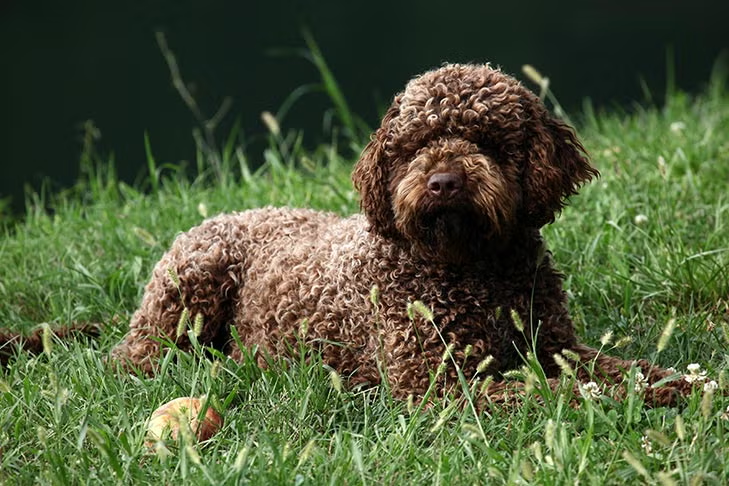
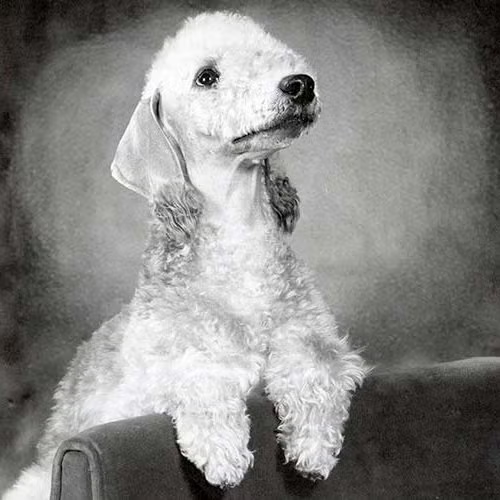
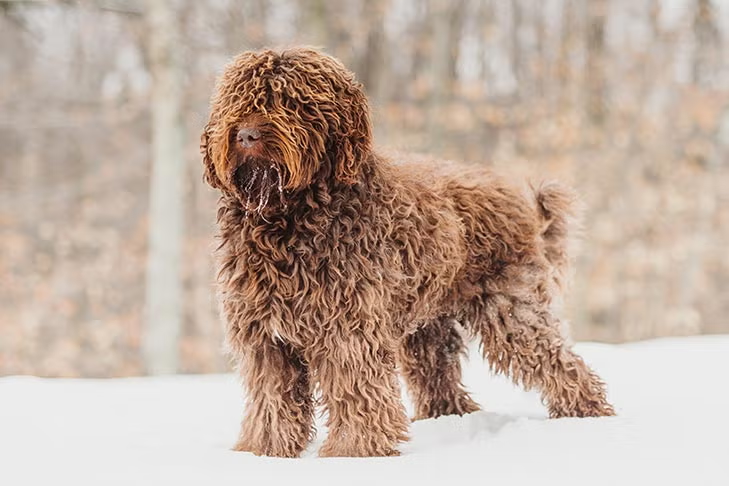
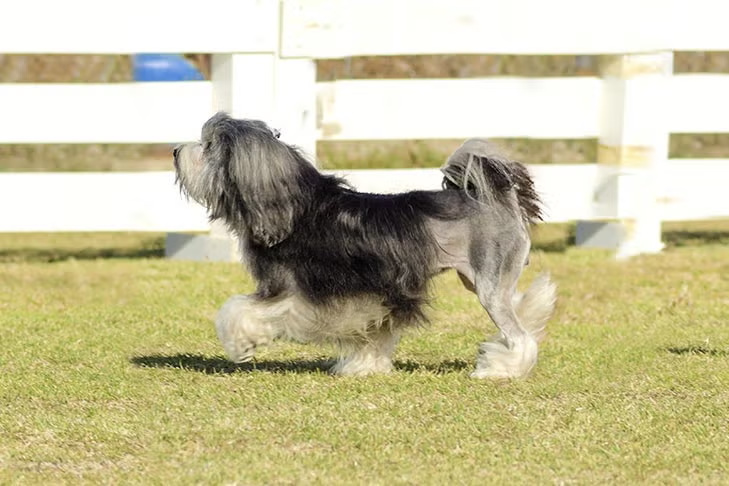
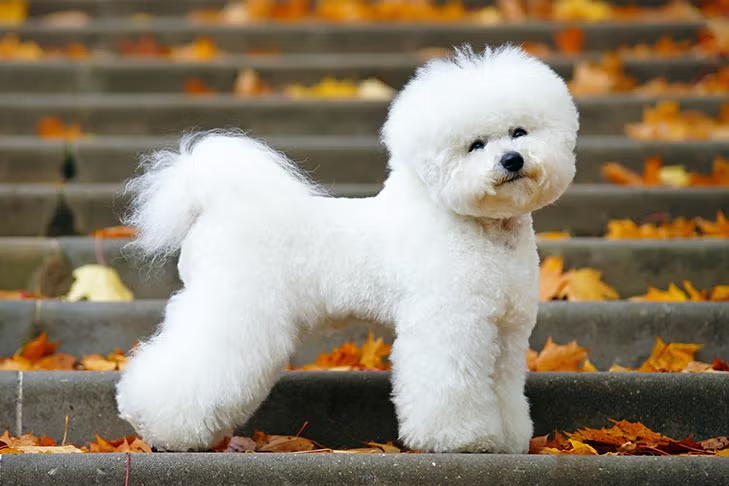
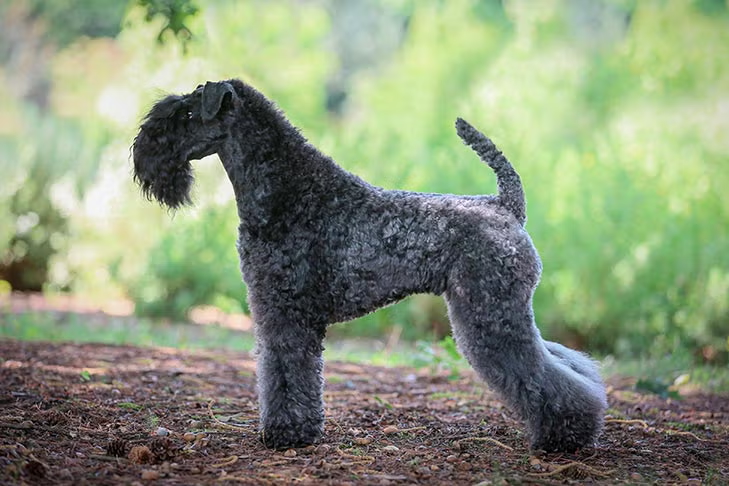
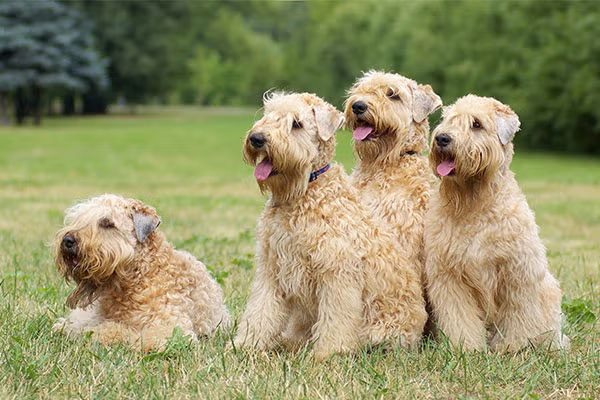
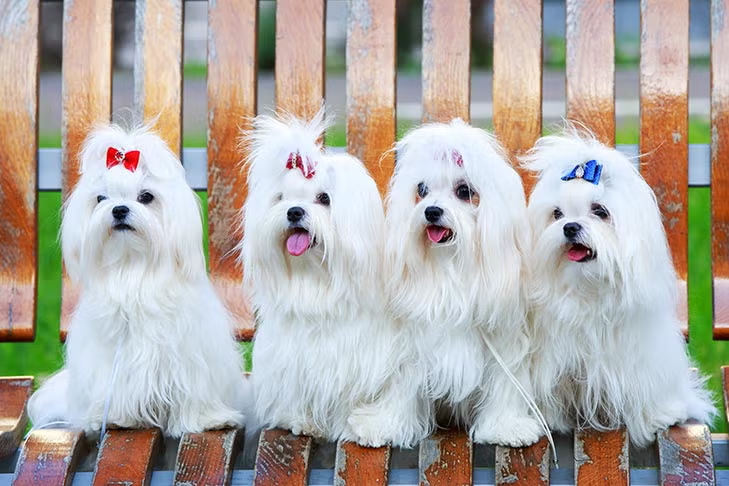
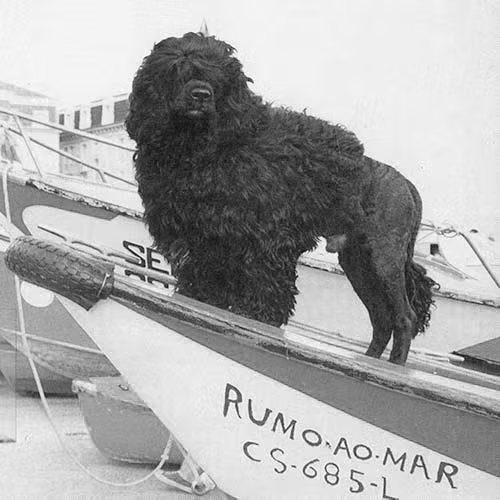

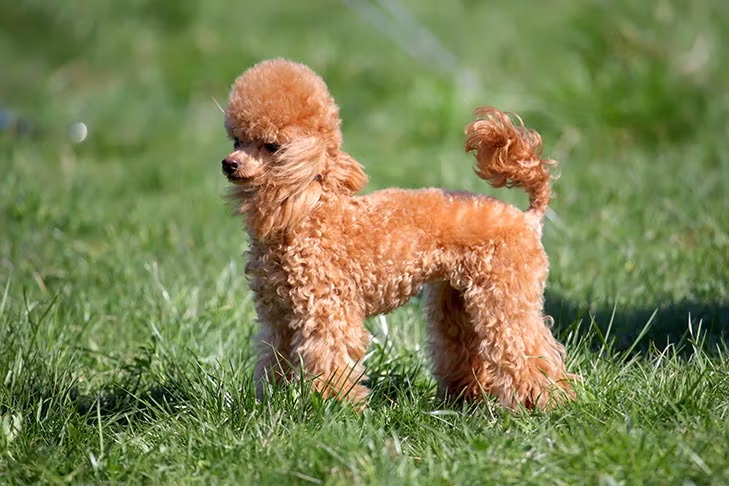
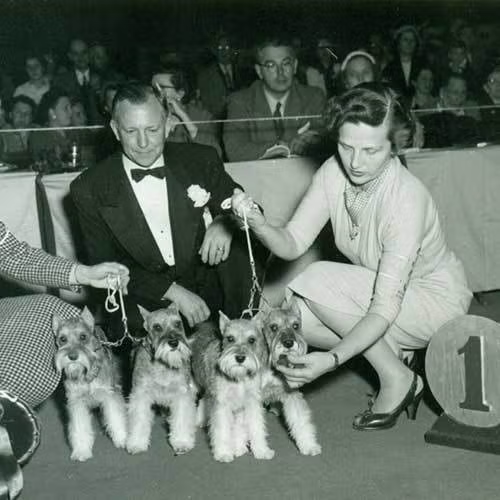





Comments